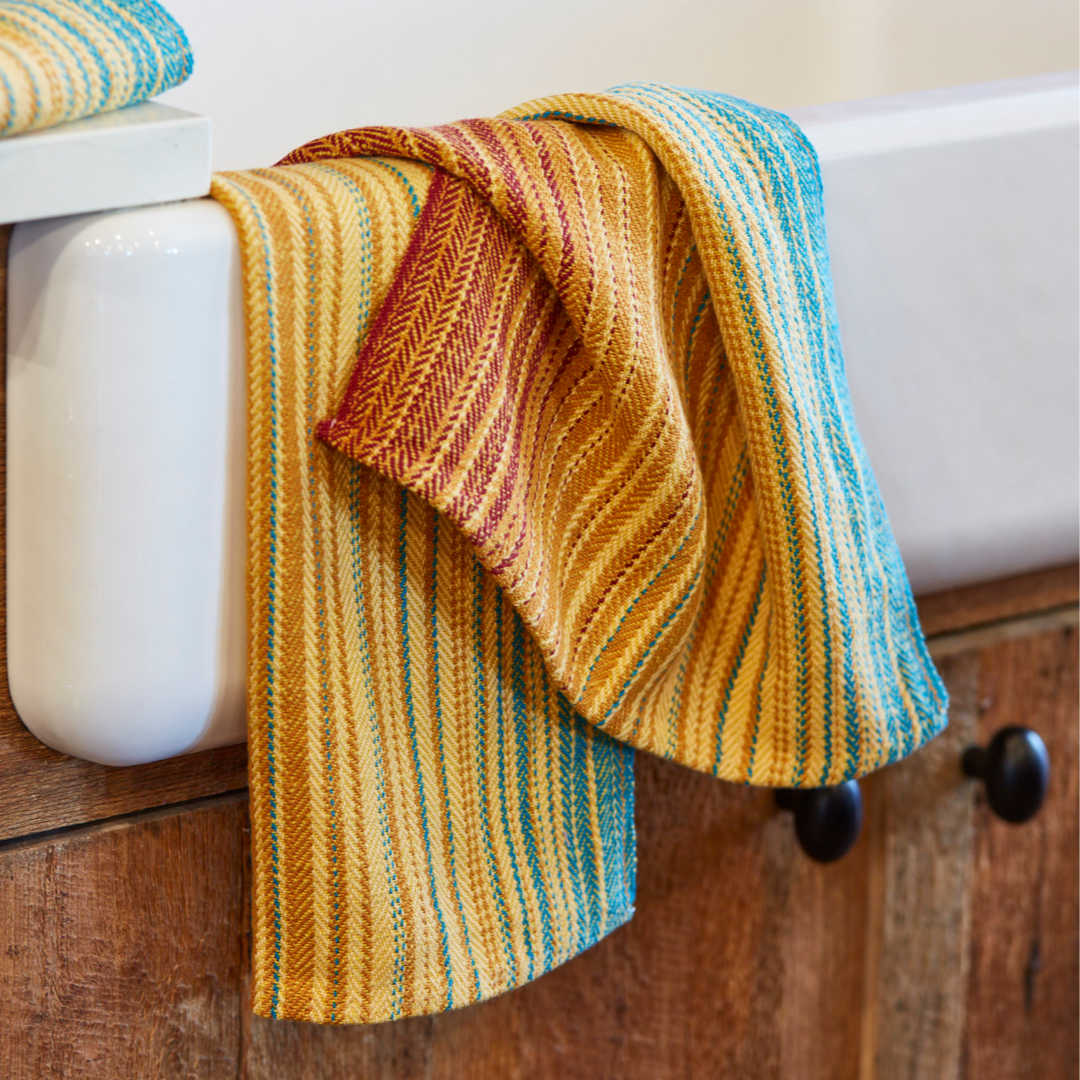When I first began work on the January/February 2019 issue of Handwoven on yarn blends, I couldn’t help but think about the vegetable lamb of Tartary. I realize most of you probably aren’t familiar with this particular legend—unless, perhaps, you love bizarre fiber history. So please, allow me to tell you a bit about this mythical plant.
The vegetable lamb is a delightful legend. In order to understand how it came about, you need to know that in the Middle Ages, the spread of information was a bit like a game of telephone: For example, Person A of Europe goes to Africa, sees an elephant, returns home and tells Person B. Person B describes it to another person and so on and so on—until you get images such as the ones you see here. These beasts have trunks and tusks, but they often look nothing like an actual elephant.
An elephant drawing from circa 1440, from Sloane 4016 , f 50v, British Library.
If you’ve ever had the joy of learning about medieval manuscripts, you’ll know this isn’t an anomaly—folks in the Middle Ages believed a lot of weird things about real animals and even plants. For example, the mandrake root was, when pulled from the ground, believed to emit a scream that would kill whoever heard it. This is all to say that there were a lot of weird ideas about the natural world that were accepted as capital-T Truth.
So, how does this relate to vegetable lambs? When people learned that there was a plant in India that grew “wool,” they assumed that as sheep grow wool, this plant logically grew sheep. So, the vegetable sheep of Tartary was literally just that: a living sheep that was entirely plant-based. The whole concept of the vegetable sheep offered the best of both worlds: a plant that grew from seed and also produced sheep. Beyond just the wool, the vegetable sheep supposedly tasted like fish and had bones that were useful for divination. Drawings of such vegetable sheep are, as you might imagine, delightful. My favorite one isn’t medieval in origin but, rather, appears in The Vegetable Lamb of Tartary: A Curious Fable of the Cotton Plant—To Which Is Added a Sketch of the History of Cotton and the Cotton Trade, an 1887 book by Henry Lee. Although the title of the book doesn’t exactly roll off the tongue, the image never fails to make me smile.
The vegetable lamb of Tartary, as depicted in Henry Lee’s book on the subject.
We, of course, know that the Indian plant in question was cotton, and although both cotton and wool are soft and fluffy, they are two different fibers that have their own unique qualities. We also know that if you want a yarn that combines the best traits of two different fibers, you need only to pick up a blend. Do you love the ease of weaving with cotton but also want the durability of linen? Try the yarn blend cottolin, and while you’re at it, weave up Sara Resnick’s Sunset Towels. Do you want a fiber that’s soft and warm like wool and has the shine of silk? Get a wool/silk yarn blend such as the Zephyr yarn used by Anu Bhatia in her Spanish Mosaic Scarf. Do you want to weave with your own version of the vegetable lamb? Deanna Deeds uses Cotton Fleece, a blend of wool and cotton, to weave her adorable Sweetheart Baby Blanket.
Sara Resnick’s Sunset Towels, woven using cottolin. Photo by George Boe.
The vegetable lamb of Tartary might be a mythical beast (plant? plantimal?), but fortunately for us, yarn blends are very real and very wonderful. Check out our January/February 2019 issue to learn more!
Happy Weaving! Christina
Featured Image: Deanna Deeds’ Sweetheart Baby Blanket. Photo by George Boe.




